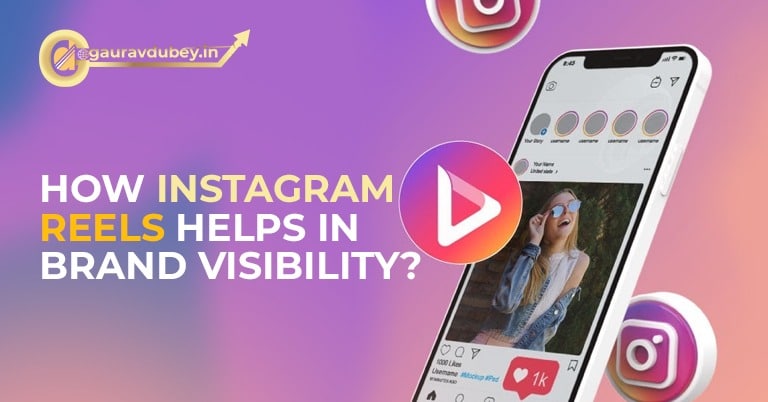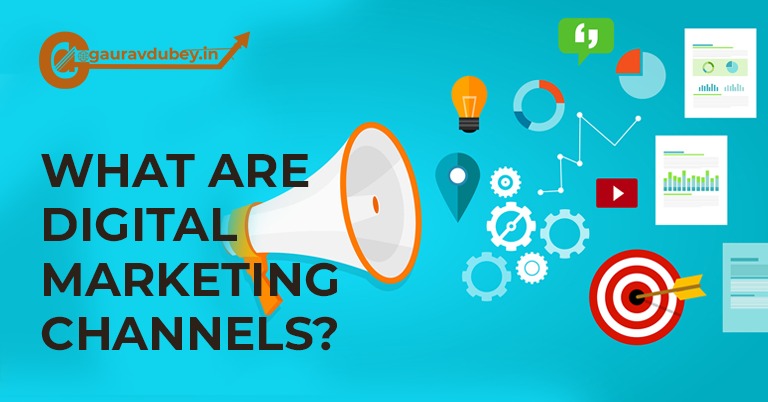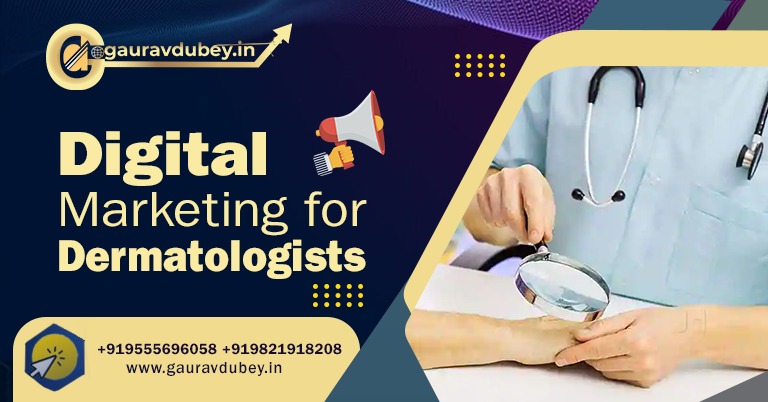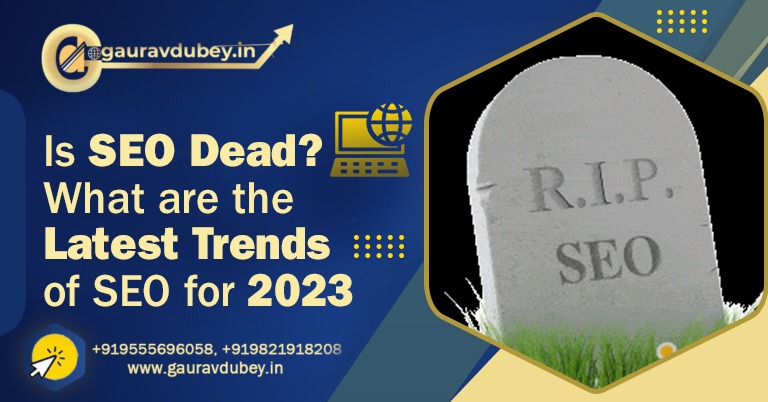Latest Update On Twitter
It’s the internet era, and as a business owner, you need to use every social media site properly. For instance, Twitter, with its 229 million daily active users, has the potential to be a strong instrument for creating a successful marketing plan. However, Twitter marketing is not a simple task. Given that there are numerous competing accounts and the daily millions of tweets sent, A social media marketer must comprehend the Twitter algorithm given the circumstances in order to effectively stand out. What is Twitter Algorithm? Twitter is powered by a number of algorithms, each of which regulates a different aspect of the way content is shown on the site. Like most social media algorithms, Twitter’s solely centered on personalization. In general, when we talk about the Twitter algorithm, we mean the algorithm that drives the Twitter Timeline in the Home view. In essence, it gives you the ability to customize the content that appears in your Home feed. Top of your Twitter timeline is the tweets that you should be most worried about. The algorithm takes into account a number of factors, including the individuals you follow, your liked and retweeted tweets, the popularity of the tweets, region, durations, and tweet engagement. A glimpse at Twitter activity 1. $8 for a blue tick Elon Musk, the new owner of Twitter, declared on November 1 that the social media platform will charge users for the coveted blue tick. He stated in a string of tweets that users would need to pay USD 8 per month in order to get their accounts verified with the blue tick mark. According to Musk, individuals who are ready to pay will also receive some other benefits like “priority in answers, mentions & search, which is critical to beat spam/scam” and the ability to submit longer video and audio. Publishers will be able to skip the paywall, and all public figures will have a supplementary tag that describes who they are, similar to the ones that are already there for politicians. According to Musk, the mechanism would generate income that Twitter may use to pay publishers on the platform. 2. The testing of the edit button After months of revealing that it was developing an “edit button,” Twitter declared on September 1 that it had begun testing it actively. The addition, according to the company’s blog, would allow users to edit their tweets even after they have been posted. The blog indicated that there is a brief window of time to change things like amend typos, add missed tags, and more, indicating that there is a time limit on how long an adjustment can be made. Users of Twitter Blue, a subscription service offered in the US, Canada, Australia, and New Zealand, will be the first to have access to the functionality. 3. Podcast in Spaces. Starting on August 25, Twitter started adding podcasts to the Spaces tab of its newly revamped home page. Adding podcasts to Spaces, where audio conversations take place on Twitter, is another way we’re continuing to support audio creators, Twitter said in a statement that was made public that same day. We began by redesigning the audio experience in the Spaces Tab in order to accomplish this in a straightforward and user-friendly manner that enables listeners to simply push play and go. Personalized hubs called Stations will start to appear as part of the redesign of Spaces. These audio files are grouped together according to news, music, and sports verticals. 4. Notes The note is a brand-new feature that Twitter is testing in some regions. It lets a user exceed the 280-character restriction on each tweet and produce longer posts similar to blogs. Unusually, Twitter began as a microblogging service with a 140-character restriction until increasing it to 280 in 2017. Users of Notes can enter a title that is 100 characters long and a body content that is up to 2,500 characters long. Text can be accompanied by images, tweets, and links to make it appear precisely like a blog entry. The long-form content can be read by people without Twitter accounts thanks to the fact that each Notes item will have a special URL. 5. Twitter Blue Twitter Blue is a premium monthly membership service that the social networking platform launched in 2021; however, it has not yet been made available outside of the US, Canada, Australia, and New Zealand. Most significant Twitter updates are integrated into the Twitter Blue service. In addition to additional themes, bookmarking options, and an Undo button that offers users 30 seconds to cancel publishing a tweet, subscribers receive special premium features and app customizations.
Latest Update On Twitter Read More »










